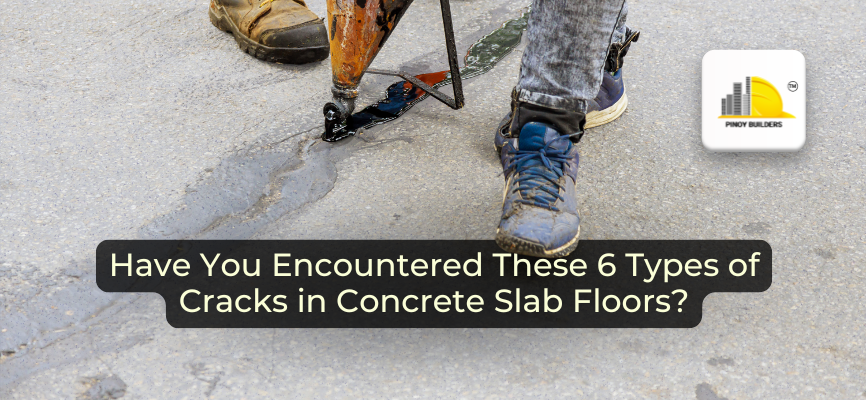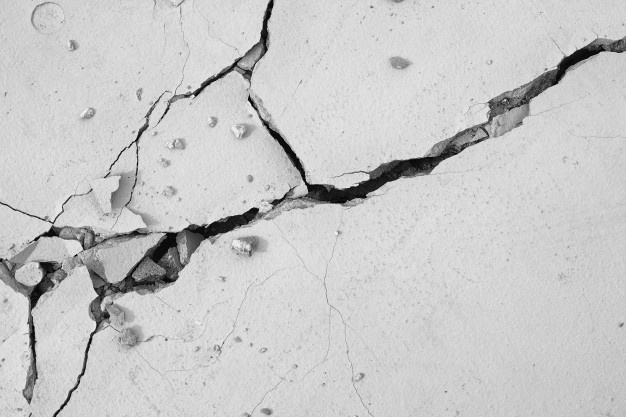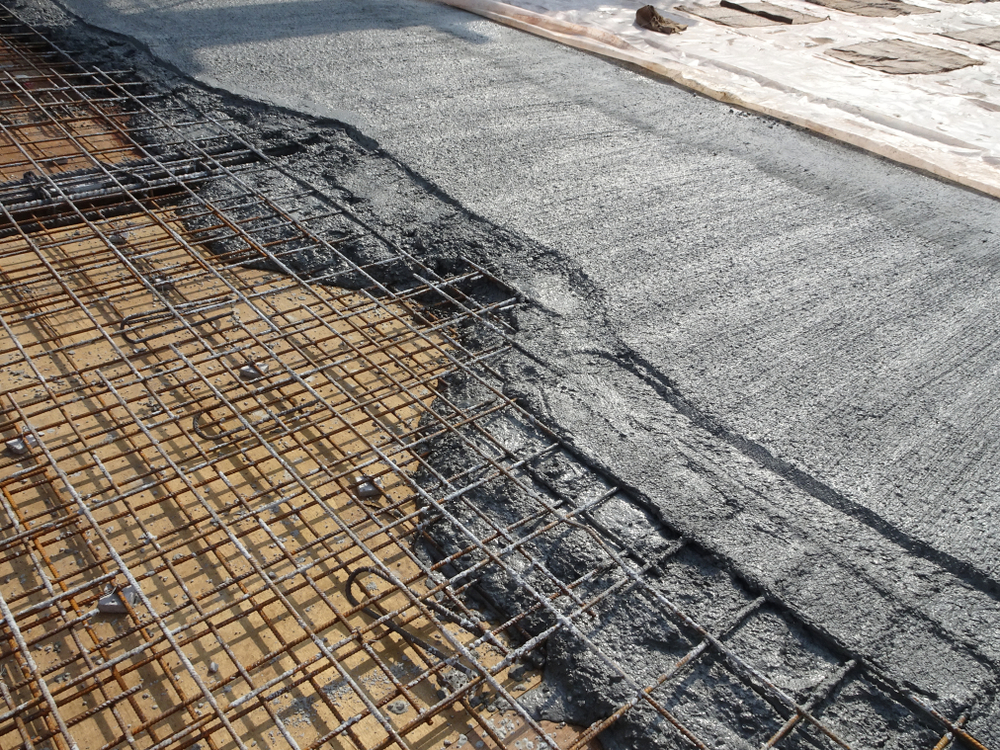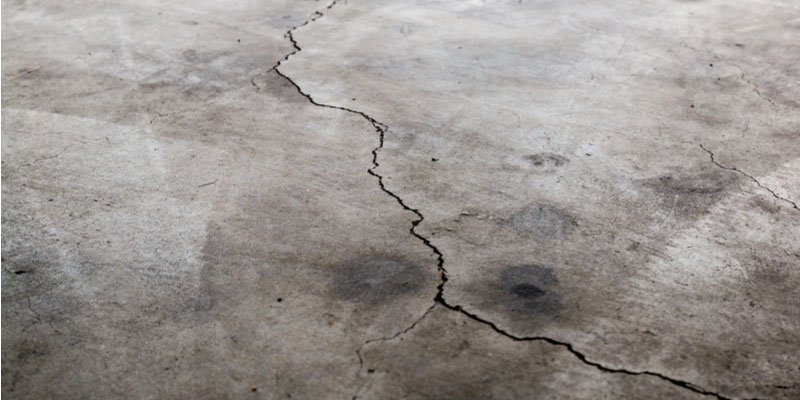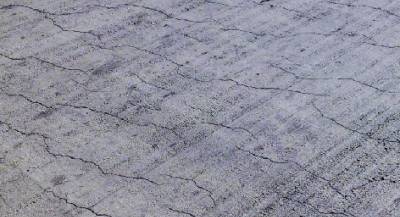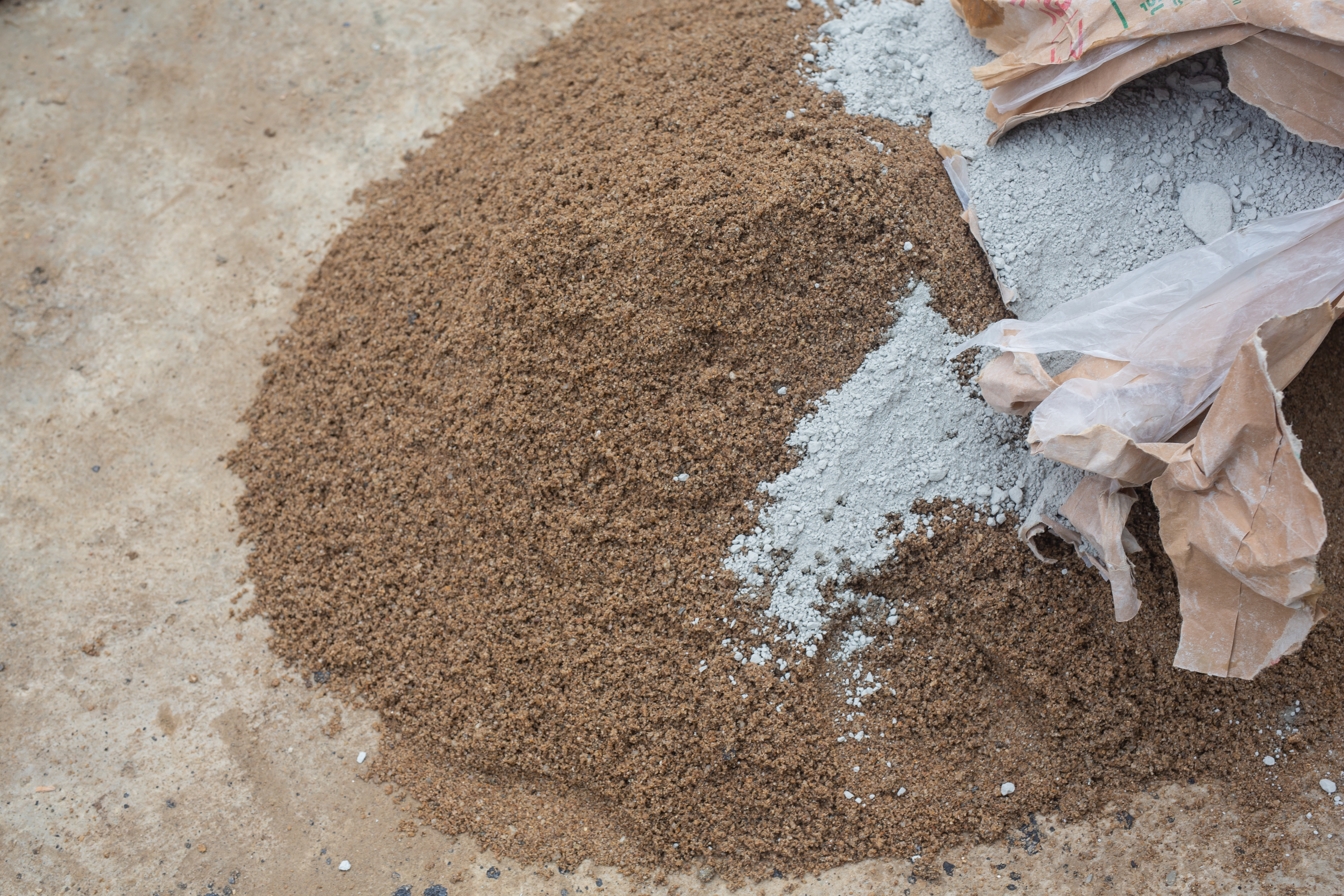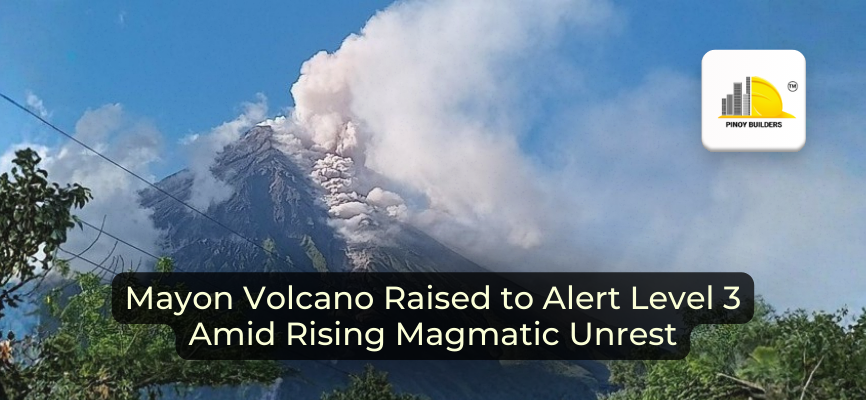Floor slabs are part of the structure of a building that are formed using concrete and generally with steel reinforcement. They are usually reinforced with rebar or steel fibers and can be formed on-site or prefabricated.
Photo from Freepik
Types of concrete floor slabs
There are different types of concrete floor slabs
Flat slab
These are generally a reinforced concrete floor slab using mesh reinforcement and is supported on columns or corbelled columns without beams.
Flat slabs also provide a clear floor without any obstructions or beams on the underside of the soffit and is very useful in buildings that have a tight service constraint.
One-way slab
These are reinforced flat slabs spanning in one direction supported on beams that are supported on columns.
Two-way slab
These are reinforced slabs that span in both directions supported on beams that are supported on columns.
Photo Courtesy: Inner City Skyline
Waffle slab
Waffle slabs have concrete ribs running in both directions on the underside of the slab. They are useful as they are lighter and stiffer than a flat slab.
Hollow-core slabs
These are essentially reinforced flat slabs with a series of openings in the slab which depends on the type of manufacturer and design requirement.
For residential and commercial buildings, having concrete slabs is among the popular choices. A concrete base contributes to the thermal efficiency and durability of a structure which allows a larger and heavier build. For residential construction, the standard concrete floor slab thickness is 4 inches. While 5 inches to 6 inches is recommended if the concrete is expected to receive occasional heavy loads. However, concrete has a tendency to crack as it dries. And external stresses will also cause cracking over time.
Types of cracks and causes
These cracks are often misunderstood. When a homeowner sees a crack in his slab, especially if the concrete is relatively new, our first assumption is typical that something has been done wrong, but this is not always the case.
Concrete cracks for many reasons and it is very common, but some types of it are inevitable. But what are these types of cracks and what causes them?
Settlement Cracks
Loosely aggregated soil setting unevenly beneath a concrete floor slab can develop cracks. This often happens when the soil under the concrete gets saturated and soft and the weight of the concrete compacts the soil. This type of crack can be worrisome if the damage is extensive and may be needing repairs.
To prevent moisture from getting below your concrete, make sure to tightly pack any of the open sides of your concrete with soil. This will help prevent more water from flowing under the cement.
Photo Courtesy: Turnbull Masonry Ltd
Plastic Shrinkage Cracks
Plastic shrinkage is probably the most common reason for early cracks in concrete. These cracks are often only a hairline in width and are barely visible. However, this doesn’t mean that it is really not visible. This crack extends through the entire thickness of the slab.
How does this type of crack usually happen? This occurs when water escapes from the exposed upper surface faster than the lower part leading to uneven drying of the concrete slab. As early as a few hours after the slab has been poured and finished, shrinkage cracks can occur especially in hot weather.
Mixing the concrete too wet contributes significantly to shrinkage. Keeping the surface moist during the setting process can help prevent the occurrence of this type of crack.
Heaving Cracks
When the ground freezes, it sometimes lifts many inches before thawing and settling back down. This movement may contribute to concrete cracking. If the slab is not free to move with the ground, the slab will crack.
Moreover, unchecked large growing tree roots that are located too close to a slab and may extend beneath foundation slabs can result in up-heaving cracks that elevate and break the concrete slabs. This needs to always be considered when laying a slab.
Premature drying
There are two common types of cracks brought on by premature drying, crazing cracks and crusting cracks.
Familiar with cracks that resemble spider webs or shattered glass? These are crazing cracks. They are very fine, surface cracks. These occur when the top of a concrete slab loses moisture too quickly. Crazing cracks can be unsightly but are not a structural problem.
Crusting can occur during the stamping process which is done to add texture or pattern to concrete surfaces. It’s when you stamp a pattern on concrete that has dried too quickly. Stamping literally shakes loose pieces of the concrete around the stamping pattern. However, this is not a structural threat.
Overload
Concrete is strong once cured but still has load limits. Placing excessive weight on top of the floor slab can contribute to cracking.
When it comes to residential concrete slabs, overload of the actual slab isn’t all that common. Instead, what is more likely to occur is an excess overload on the ground below the slab.
Expansion
Another reason why concrete cracks is expansion. Imagine a balloon being heated: it causes it to expand, just like the concrete slab, it will expand as it gets hotter. As it expands and pushes against an object in its path, and when neither has the ability to flex, the expanding force can be enough to cause concrete to crack.
Prevention
Photo from Freepik
Cracking of the concrete floor slabs cannot be prevented but at least this process can be controlled and reduced. The best that one can do is to try to control the cracking. It’s also often difficult to determine exactly what caused a particular crack. However, proper site preparation, a quality mix, assuring that the concrete is not too wet, and good concrete finishing practices can go a long way towards minimizing the appearance of cracks.
CITATIONS:
- 6 Types of Concrete Cracks and What They Mean. (n.d.). Concrete Supply Co. Retrieved August 16, 2021, from https://concretesupplyco.com/6-concrete-cracks/
- Is Cracked Concrete Bad News. (n.d.). National Building Inspectors. Retrieved August 16, 2021, from https://teamnbi.com/Is_Cracked_Concrete_Bad_News.htm
Causes of Cracks in Concrete Slab Floors. (2019, November 5). Uretek Gulf Coast. https://uretek-gulfcoast.com/why-does-concrete-crack-causes-concrete-slab-foundation/
- Types of Concrete floor slabs. (2020, October 11). Civils Guide. https://civilsguide.com/types-of-concrete-floor-slabs/
![]()


